MSK upper extremity
1/114
There's no tags or description
Looks like no tags are added yet.
Name | Mastery | Learn | Test | Matching | Spaced |
|---|
No study sessions yet.
115 Terms
RROM
resistance range of motion
c spine flexion muscles
SCM, scalene, prevertebral
c spine extension muscle
splenius capitis and cervicis, small intrinsic neck muscles
c spine rotation muscles
SCM, small intrinsic neck muscles
c spine lateral bending muscles
scalenes, small intrinsic neck muscles
spurling’s test
assess nerve root for cervical radiculopathy
shoulder abduction relief test
assess nerve root for cervical radiculopathy
positive spurling’s test
pain in shoulder that radiates down ipsilateral arm
positive shoulder abduction relief test
decrease or disappearance of radicular symptoms with maneuver
cervical radiculopathy causes
herniated disc, bony prominence, nerve impingement
spurling’s test steps
tell pt to rotate and extend neck to unaffected then affected side
stand behind pt and lightly compress downward on head in both positions
shoulder abduction relief test steps
tell pt to raise affected arm overhead and put on top of head for 30+ sec or until sx change
C5 location
deltoid
C6 location
lateral arm, wrist, hand, and thumb/half of pointer finger
C7 location
half of ring and pointer finger; middle finger
C8 location
half of ring finger; pinkie
peace sign against resistance nerve
ulnar nerve
thumbs up nerve
radial nerve
fist sign nerve
median nerve
ok sign nerve
median nerve
C5 test
resisted shoulder abduction
C6 test
resisted elbow flexion and wrist extension
C7 test
resisted elbow extension
C8 test
grip strength
wrist drop injury
radial nerve
claw hand injury
ulnar nerve
“ape” hand injury
median nerve
scapulohumeral muscle group
supraspinatus, infraspinatus, teres minor, subscapularis
axioscapular muscle group
trapezius, rhomboids, serratus anterior, levator scapulae
axiohumeral muscle group
pectoralis major, minor, and latissimus dorsi
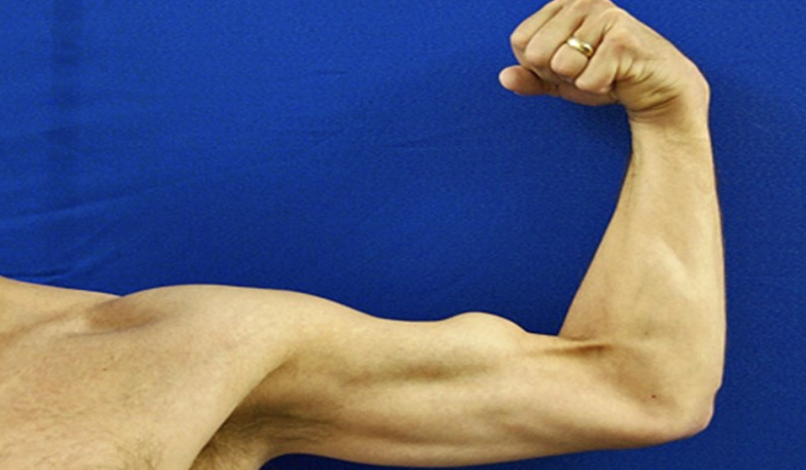
popeye deformity
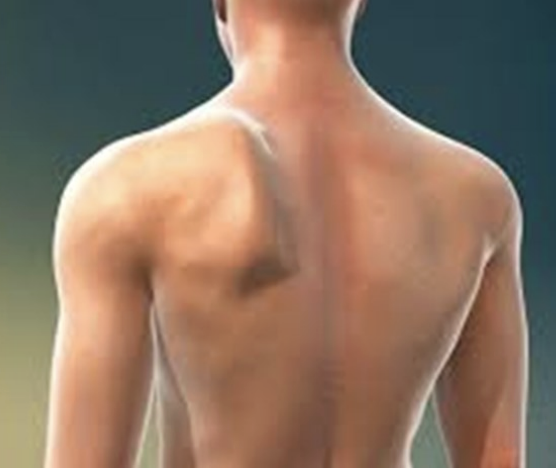
scapular winging

clavicle dislocation
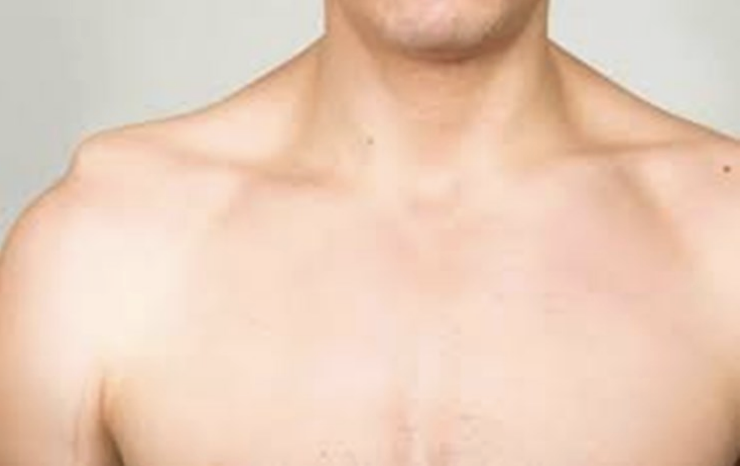
shoulder dislocation
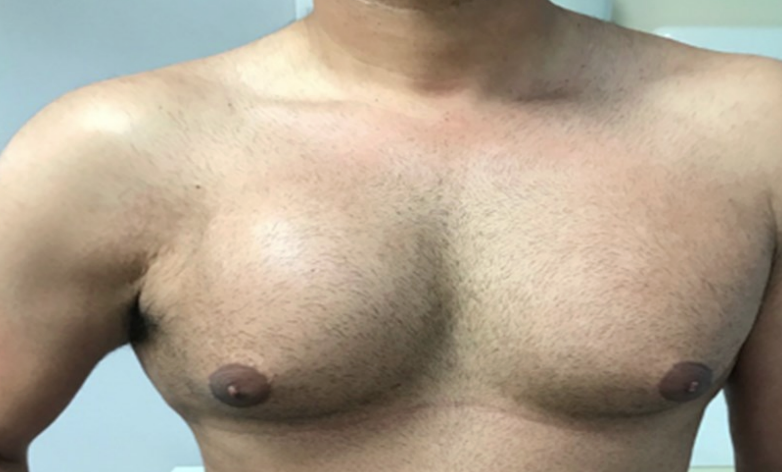
pectoral muscle tear

shoulder dislocation
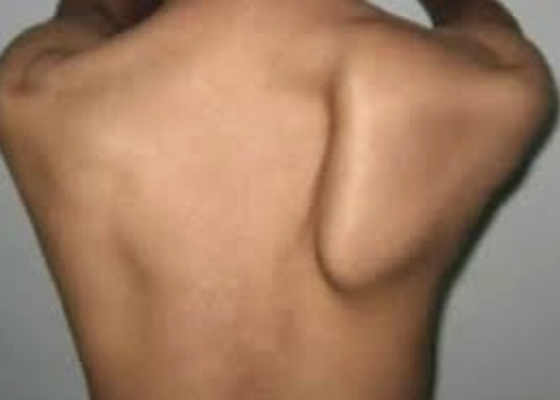
scapular winging
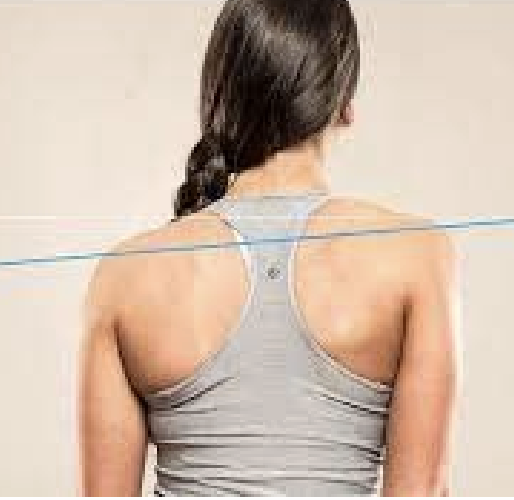
scapular winging
bicep tendon location
bicipital groove between greater and lesser tubercle of humerus
glenohumeral joint tests
apprehension/relocation test, sulcus sign
apprehension/relocation test positive
apprehension during external rotation and pain relieved when posterior pressure is applied
positive apprehension/relocation test meaning
anterior glenohumeral instability
sulcus sign positive
depression occurs just below acromion
positive sulcus sign meaning
inferior glenohumeral instability
AC joint tests
cross body adduction
cross body adduction positive
pain with adduction
positive cross body adduction meaning
AC joint damage or subacromial impingement
labrum test
obrien’s test
obrien test positive
pain when humerus is internally rotated but relieved in external rotation or clicking during maneuver
positive obrien test meaning
SLAP tear
SLAP tear
superior labrum anterior-posterior tear
apprehension test
pt lays supine with shoulder 90° abduction and maximally externally rotated while pushing up from scapula
relocation test
if apprehension test is positive apply posterior force
sulcus sign
apply traction to arm inferiorly and observe for depression
cross body adduction test
passively flex shoulder to 90° then horizontally adduct
obrien’s test
flex shoulder to 90° and horizontally adduct 20-30° with thumb down then tell pt to resist you pressing down on their arm then do with thumb up
neer’s test positive
pain in subacromial arch
positive neer’s test meaning
impingement of soft tissue structures
hawkins kennedy test positive
pain in subacromial arch
positive hawkins kennedy test meaning
impingement of rotator cuff
drop arm test positive
inability to control adduction
positive drop arm test meaning
rotator cuff tear (supraspinatus)
empty can test positive
inability to hold against resistance
positive empty can test meaning
supraspinatus weakness/tear
speed’s test positive
pain in bicep region
positive speed’s test meaning
bicep tendon irritation or SLAP tear
neer test
with your hand on scapula and pt’s thumb turned down, passively fully flex arm above head
hawkins kennedy test
passively flex shoulder and elbow to 90° and internally rotate
drop arm test
tell pt to raise arms above head and slowly drop to sides
empty can test
put thumbs facing down and shoulder at 90° and tell pt to resist against pushing arms down
speed’s test
put arms straight out palms up and tell pt to resist pushing down

elbow bursitis
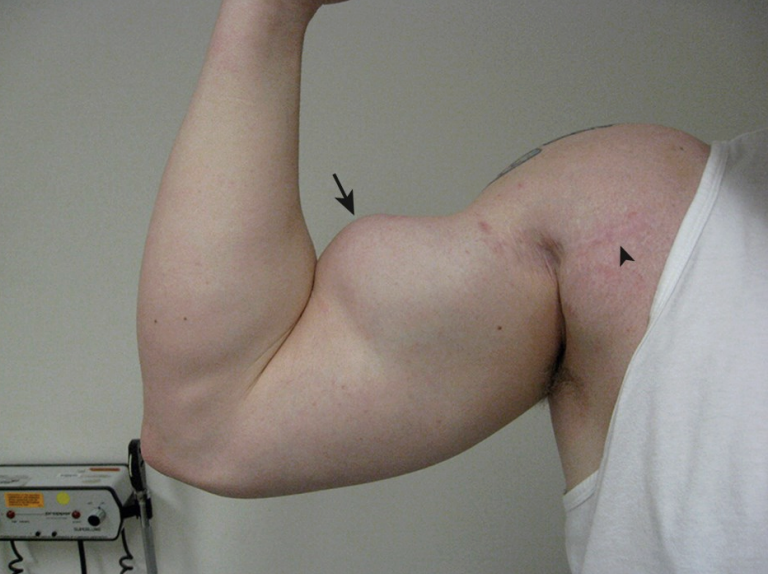
proximal bicep tendon rupture
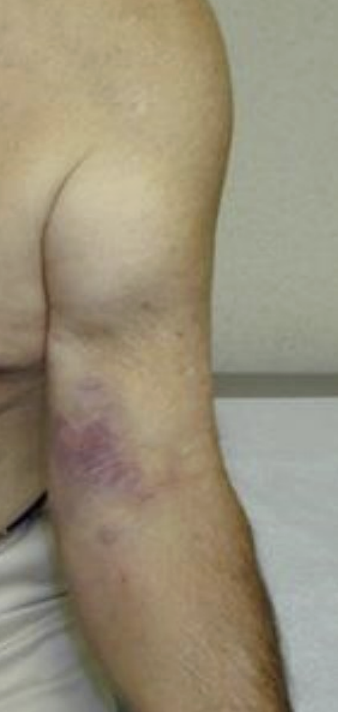
distal bicep tendon rupture
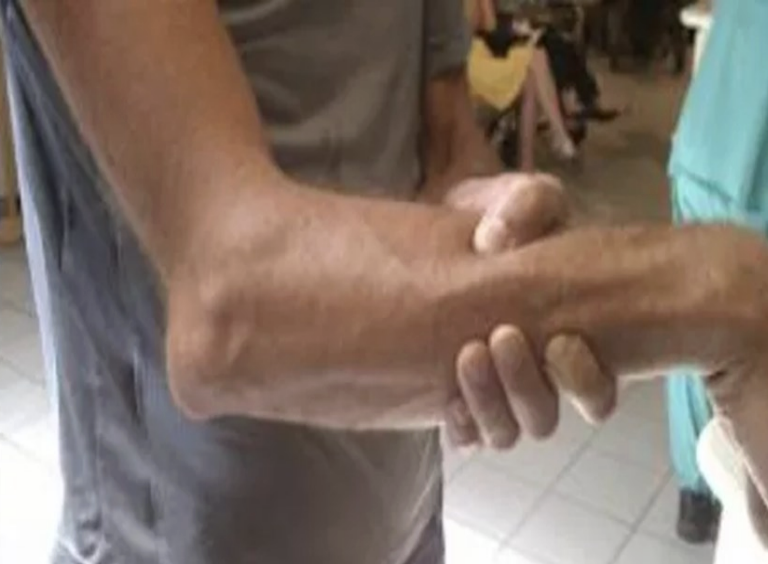
elbow dislocation
tinel’s sign positive
parestheisa extending distally
positive tinel’s sign meaning
cubital tunnel syndrome or ulnar nerve entrapment
valgus test positive
opening of joint or pain with applied pressure
positive valgus test meaning
medial elbow instability
varus test positive
opening of joint or pain with applied pressure
positive varus test meaning
lateral elbow instability
cozen’s test positive
reproduction of pain along lateral epicondyle
positive cozen’s test meaning
lateral epicondylitis
tinel’s sign
tap 4-6x on ulnar nerve proximal to cubital tunnel
valgus stress test
flex elbow 20-30° with one hand on outside of elbow and other hand applies outward force
milking maneuver
abduct shoulder and flex elbow to 90° and pull thumb
cozen’s test
palpate lateral epicondyle and tell pt to extend wrist against resistance

dinner fork deformity, colles fracture

garden spade deformity, smith’s fracture

ganglion cyst
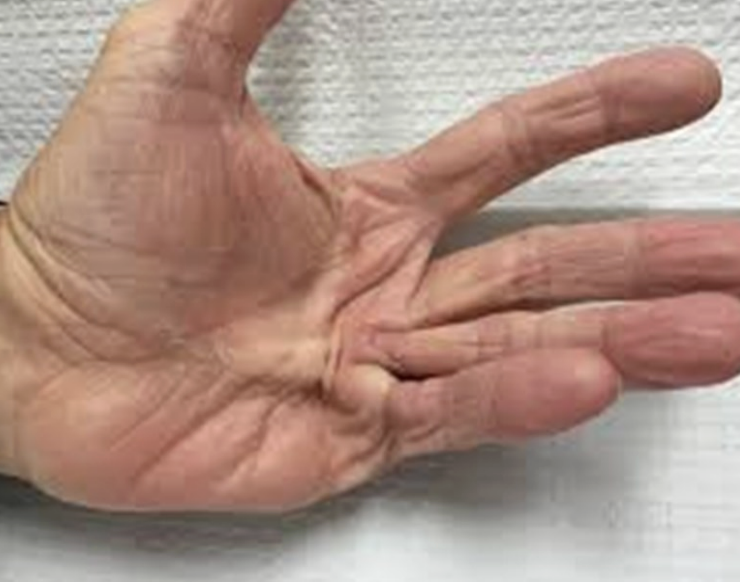
Dupuytren’s contracture

volkmann ischemic contracture
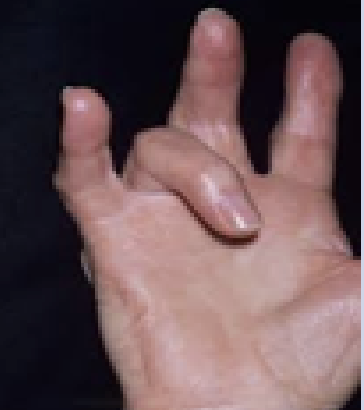
trigger finger, stenosing tenosynovitis

mallet finger
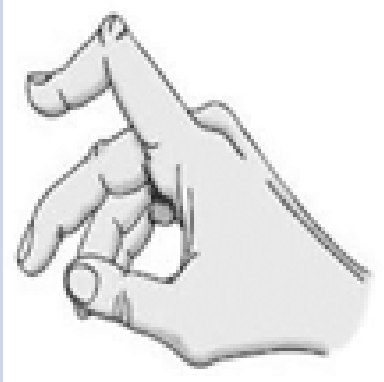
boutonniere deformity

swan neck deformity
trigger finger/stenosing tenosynovitis CP
catching of flexor tendon through stenotic sheath
mallet finger CP
disruption of terminal slip of extensor tendon at DIP joint often d/t hitting finger on end of ball
boutonniere deformity CP
PIP flexion and DIP hyperextension d/t tear in central slip of extensor tendon at PIP joint
swan neck deformity CP
DIP flexion and PIP hyperextension from abnormal stress at volar plate of PIP joint